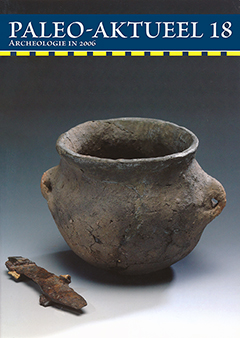“Buzzard-hawking” in de Middeleeuwen – buizerds als prooi bij de valkenjacht?
Samenvatting
“Buzzard-hawking” in the Middle-Ages – buzzards as a prey in falconry? Skeletal remains of birds of prey are quite regularly found in archaeological contexts. As far as (post)medieval sites are concerned, some of these can be connected with falconry. This applies to bones of sparrow-hawk (Accipiter nisus), goshawk (Accipiter gentilis), peregrine falcon (Falco peregrinus) and possibly also hobby (Falco subbuteo). As the kestrel (Falco tinnunculus) seems to have been rarely used in falconry, its remains are more likely to come from locally breeding birds. Bones of common buzzard (Buteo buteo) at castle sites are harder to explain, as buzzard was never used in falconry and does not breed in these places. In this contribution the possibility is discussed that there might yet be a link with falconry, though an unexpected one, with buzzards being part of the falconers’ game bag. It appears that until recently, both in Europe and beyond, kites (Milvus sp.) were hunted by falconers, a phenomenon known as “kite-hawking”. Besides, there are several recent cases of buzzards being caught unintentionally by falconers’ hawks or falcons.

